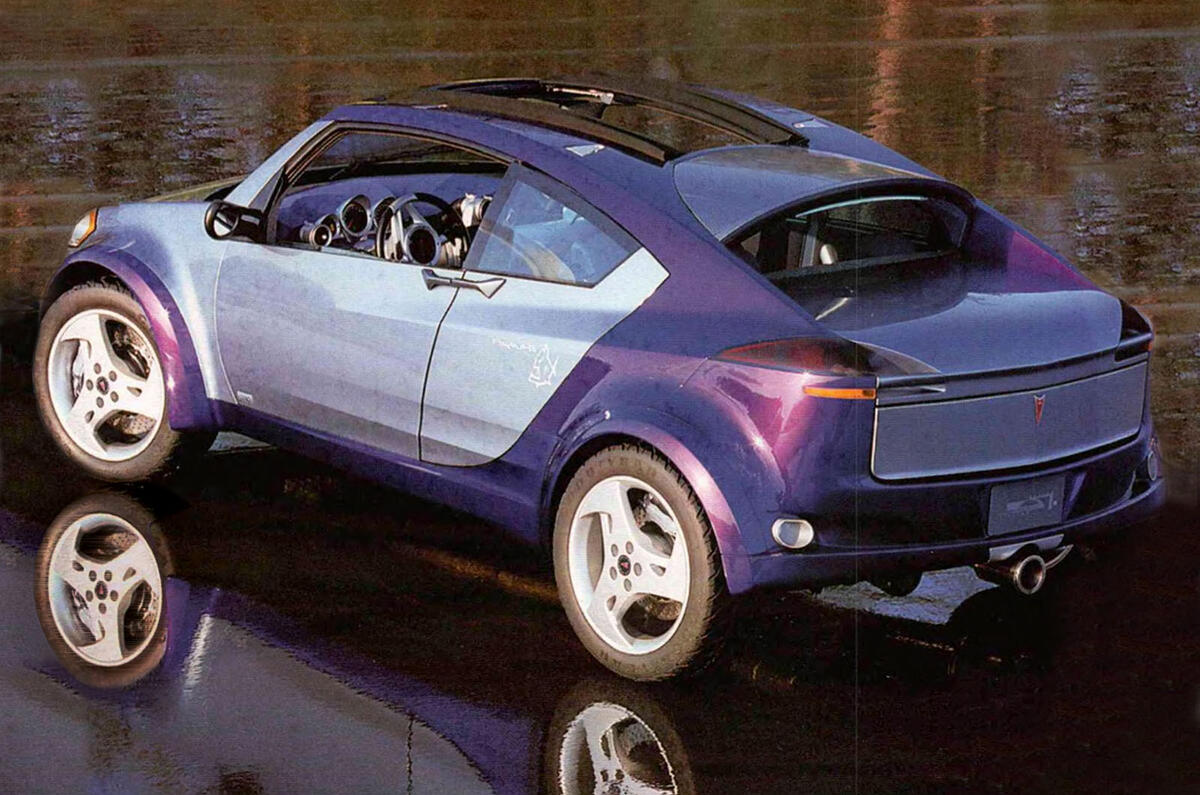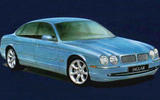Tata's ownership of JLR has made it warmly regarded in the UK - banishing from memory the ignominy the Indian firm brought upon itself in the early 2000s.
Data began making commercial vehicles in 1954 and quickly grew to dominate that market in India, giving it confidence to branch out into cars in 1991, first with a 4x4.
There was a healthy niche for cheap off-roaders here in the '90s, convincing Tata to export its new Safari. At £3000 below the already cheap Daewoo Musso, it looked attractive on paper.
Although it off-loaded without drama, it seemed unhealthily after, its gearbox particularly suffering. On the asphalt, it was seriously sluggish, 0-60mph taking 19sec.
Its 1.9-litre turbodiesel four was a proven Peugeot engine, but it made a mere 89bhp and 146lb ft while the Safari weighed 2040kg.

It rode smoothly, but if you tried to maintain speed through turns, it would lurch worryingly.
Old-school drum brakes for the rear were just the start of our safety concerns: ABS and airbags were absent and the central rear passenger got only a lap belt.
Quality was similarly bad: the switchgear was poorly screwed together, gaps were uneven, the cheap plastic was a strange mix of colours and the wing mirrors would virtually flap at 70mph.
Amazingly, a few people did end up buying a Safari. It stayed on sale in the UK until 2005.
GM goes mad with innovation
General Motors enjoyed a creative purple patch in the early 2000s, as it pledged to become a world leader in vehicle innovation.














Add your comment